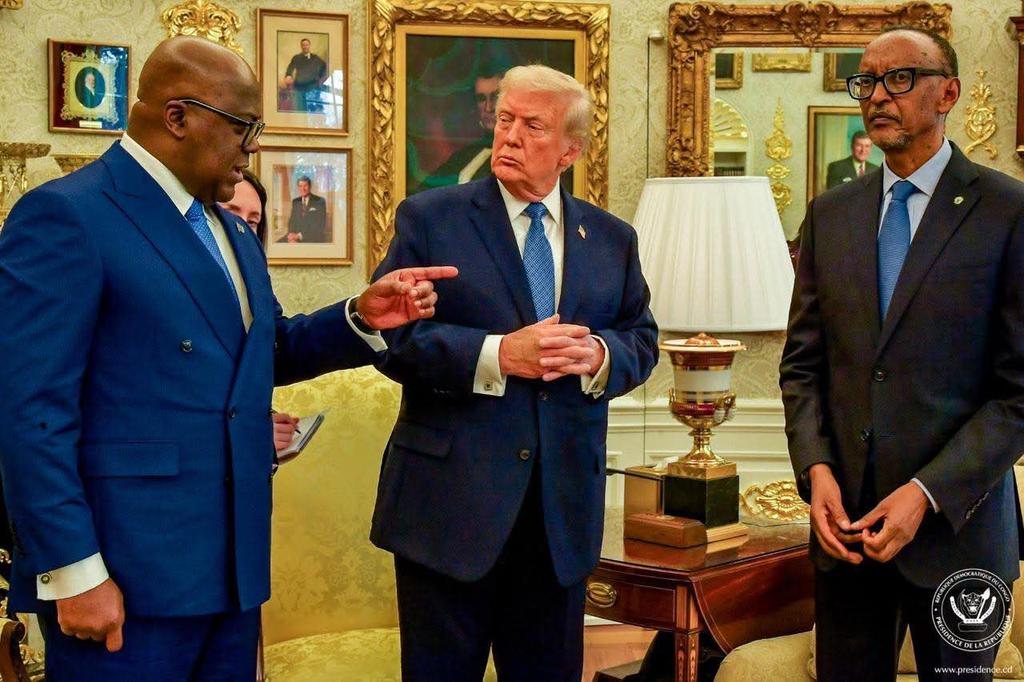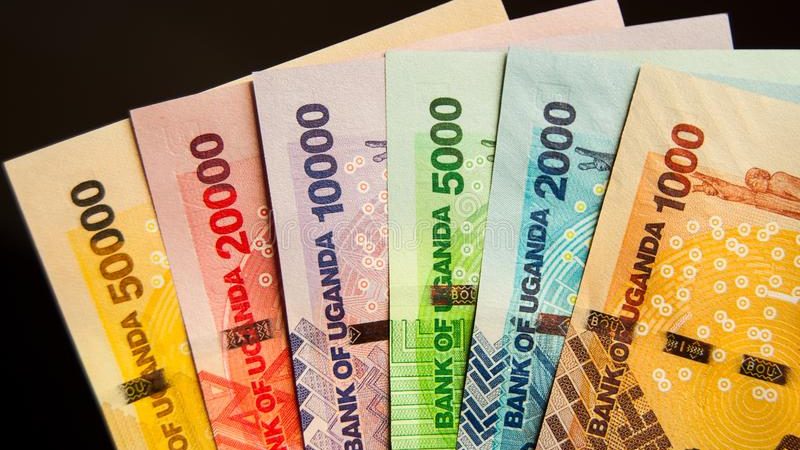The Uganda shilling traded sideways over the past week, briefly touching session highs of 3645/3655. Mid-week tax remittances provided support for the local unit, though buying interest from entities in the energy sector applied downward pressure. The currency closed the week marginally weaker at 3655/3665.
Analysts anticipate that the shilling will maintain a stronger position in the near to medium term, largely supported by inflows from commodity exports.
According to Richard Nsubuga, Trader – CIB Markets at Absa Bank Uganda, the money markets remained liquid throughout the week, with overnight and one-week funds averaging between 7.00% and 12.00%.
The treasury bond auction held midweek saw an upward shift in yields across all three tenors on offer. The benchmark 3-year, 10-year, and 20-year maturities cleared at 16.500%, 17.500%, and 17.945%, respectively—reflecting increases of +30bps, +40bps, and +44.5bps. However, the auction saw an underallocation, with only 78% of the offered face value being accepted. Post-auction, activity in the secondary market remained subdued.
Regional Currency Outlook
The Kenyan shilling continued to trade on a stronger footing last week, ranging between 129.00 and 129.50. However, pressure is expected in the near term due to persistent demand from portfolio investors and energy sector players. The currency is forecast to remain within the 129.00–129.60 range.
Global Market Highlights
The US Dollar Index eased to around 100.6 on Friday and was poised to end the week flat. Initial gains—driven by optimism over the US-China trade truce—were offset by weaker-than-expected US economic data. The greenback had surged over 1% earlier in the week following an agreement between the US and China to significantly reduce tariffs for a 90-day period, signaling a potential breakthrough toward a broader trade deal. However, disappointing data increased expectations of additional Federal Reserve rate cuts later this year.
Commodities Market
Gold prices faced their steepest weekly drop since November, falling more than 3% as haven demand waned following a de-escalation in US-China trade tensions. Nonetheless, analysts say the metal’s long-term bullish outlook remains intact. Gold was trading near $3,200—a level serving as both psychological and technical support in a trend-driven market.
WTI crude futures extended their gains, trading around $61 per barrel. Optimism surrounding the US-China trade talks helped offset concerns over global oversupply. The 90-day truce agreed upon by both countries alleviated demand fears among the world’s leading oil consumers.


















